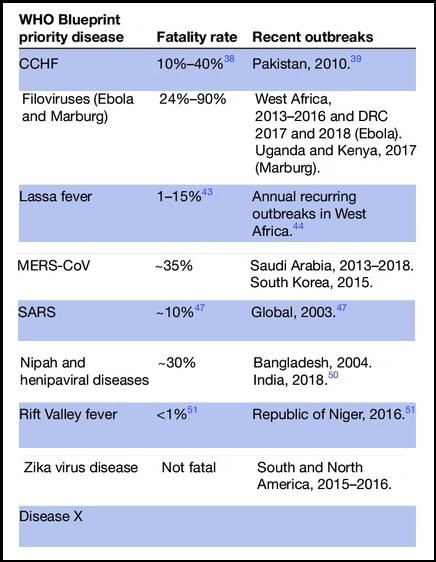900 319 0030
enquiry@shankarias.in
The World Health Organisation (WHO) has said that it is updating the list of priority pathogens that pose the greatest public health risk due to their epidemic potential.
 How is WHO tracking the next pandemic?
How is WHO tracking the next pandemic?
CEPI is an innovative global partnership between public, private, philanthropic, and civil society organisations working to accelerate the development of vaccines against epidemic and pandemic threats.

Related links – Lassa fever, Zika infection, Nipah infection, Rift Valley Fever, Marburg Virus, Types of Corona Viruses
References